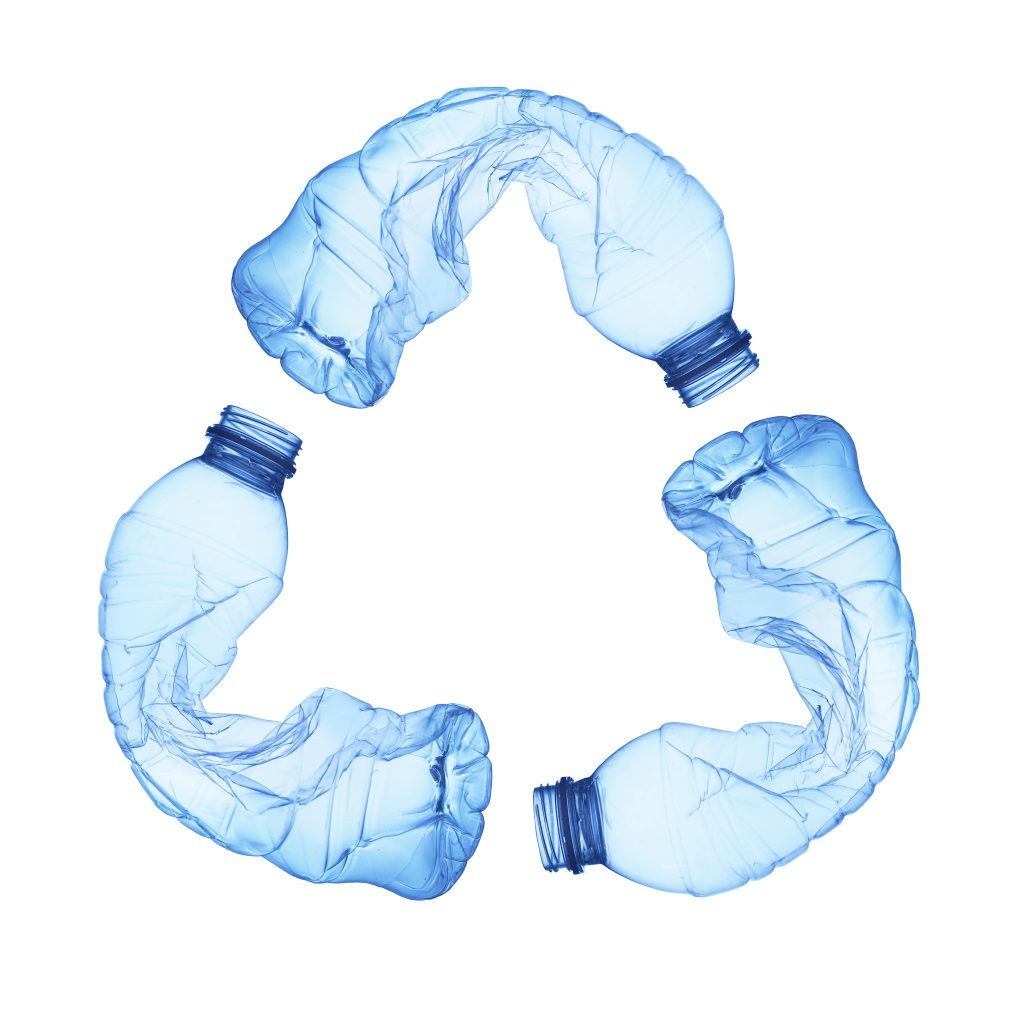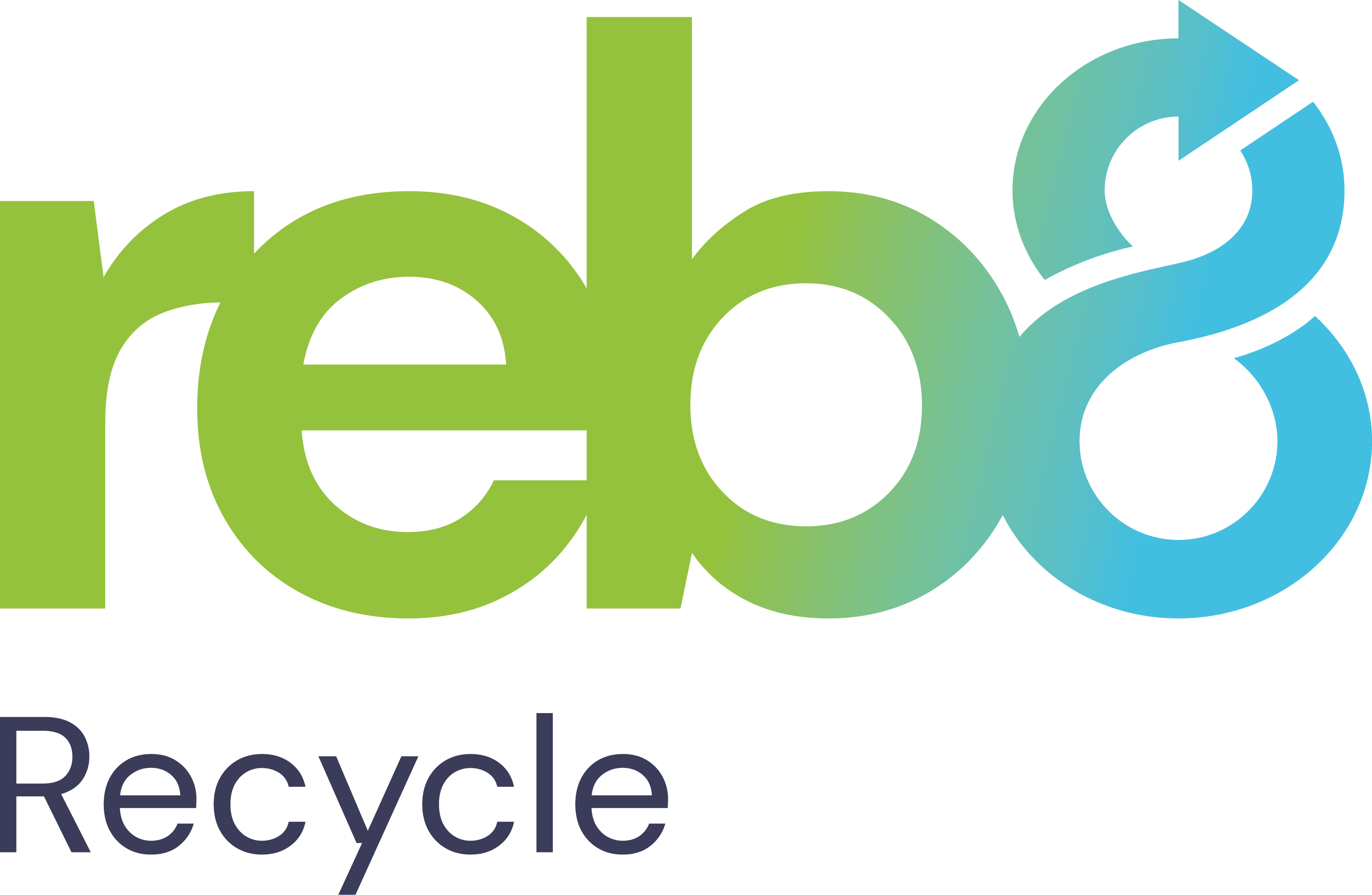We have options on Recycling all Plastic

Every year, more than 380 million tonnes of plastic is produced worldwide. That’s about the same as 2,700,000 blue whales – more than 100 times the weight of the entire blue whale population. Just 16% of plastic waste is recycled to make new plastics, while 40% is sent to landfill, 25% to incineration and 19% is dumped.
Much of the plastic that could be recycled – such as polyethylene terephthalate (PET), which is used for bottles and other packaging – ends up in landfill. This is often due to confusion about kerbside recycling or contamination with food or other types of waste.
Other plastics – such as salad bags and other food containers – find their way to landfill because they are made up of a combination of different plastics that can’t be easily split apart in a recycling plant. Litter dropped in the street and lightweight plastics left in landfill sites or illegally dumped can be carried by the wind or washed in to rivers by the rain, ending up in the ocean.
Recycling plastic waste to be used again and again is pivotal to the circular economy of plastic usage however the plastic that is not recyclable can be chemically recycled to produce oil, energy and fuels which combined with mechanical recycling brings a broad solution to a broad problem.

